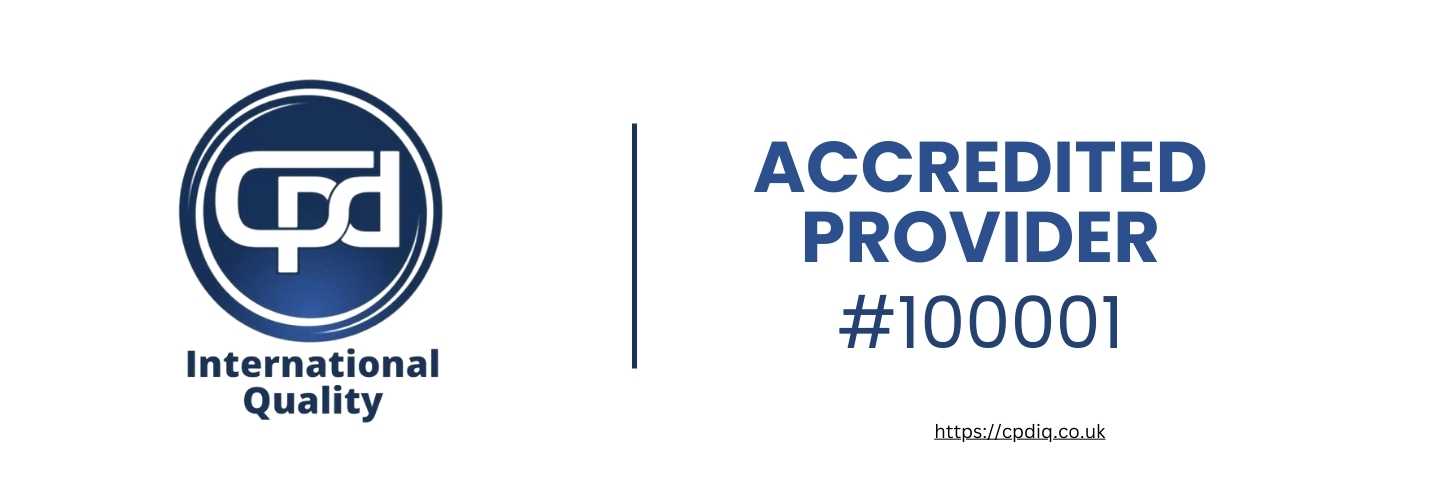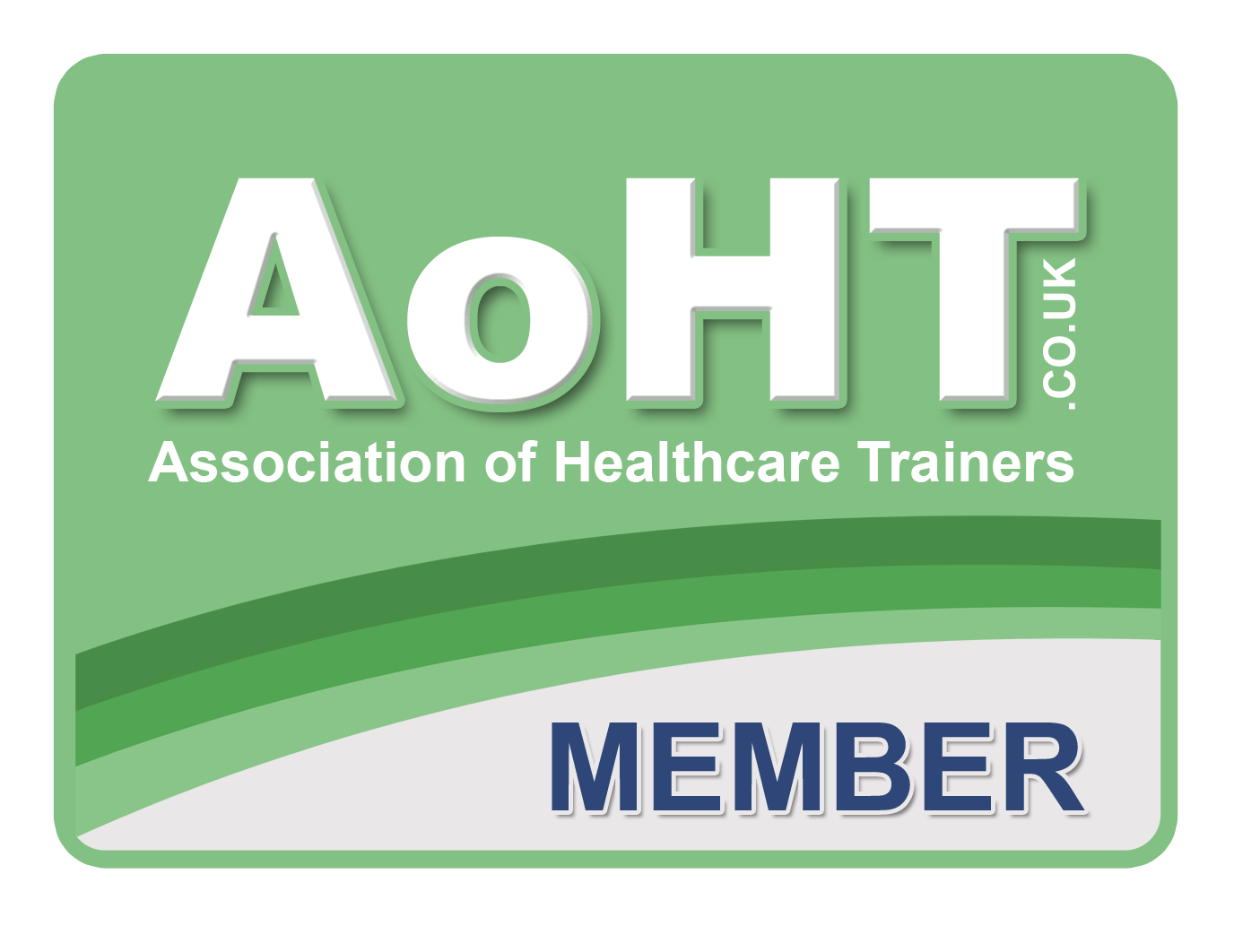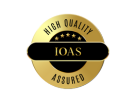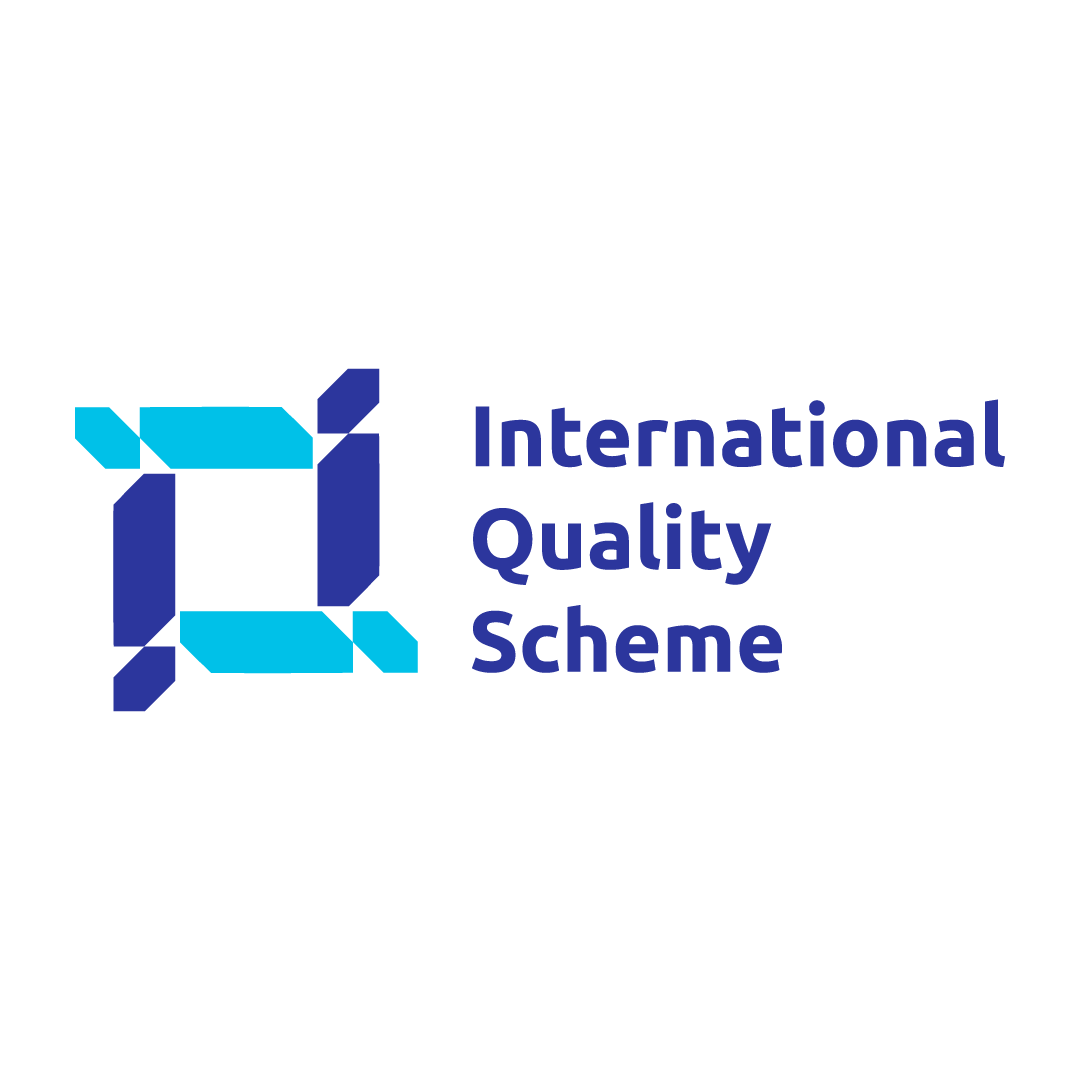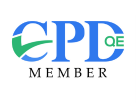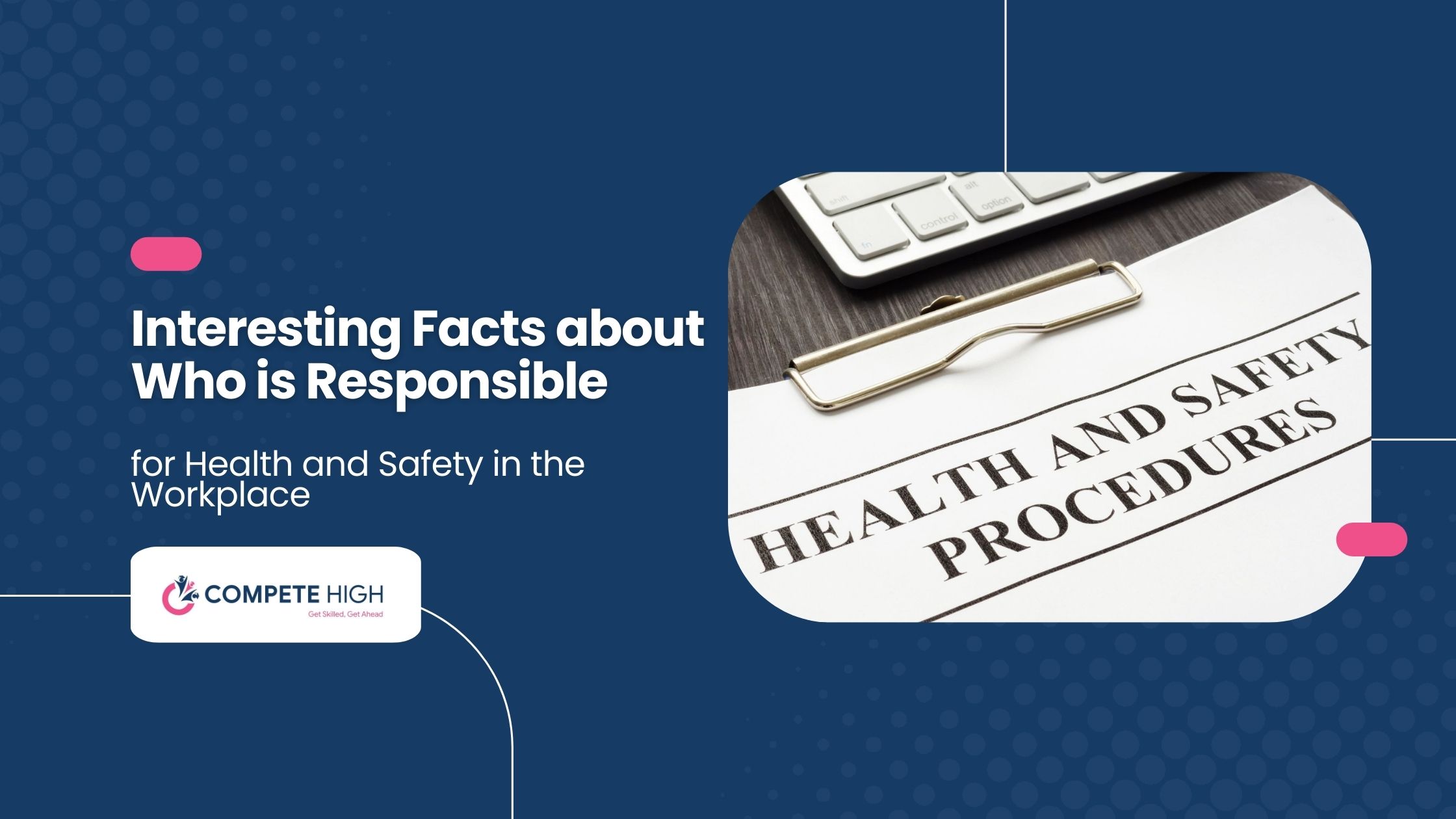
Health and safety in the workplace are crucial for the welfare of the employees, increased productivity, and the desire to comply with the law. Safety is, therefore, a responsibility of employees, employers, and regulators. This makes it a complete team effort. This blog seeks to address exactly who bears this responsibility, detailing laws that govern this responsibility, policies, and the essence of responsibility, seeking solutions from all parties.
Legal Framework Governing Health and Safety in the Workplace
The essence of protecting health and safety in the workplace is in the legislation that places supremacy on the employees and the employers. The primary legislation in the United Kingdom is the Health and Safety at Work Act of 1974. It identifies obligations and sets out the general duty to ensure the employees' and all stakeholders' health and safety in the workplace. This legislation provides a basic minimum standard and duty for every sector.
Employer Duties
In most circumstances, the employers are said to be the greatest occupants responsible for ensuring the safety and security of working enclosures. Employers are required by law to perform environmental risk assessments so that risks are recognized and the relevant control measures put in place within the workplace. Such measures as education efforts and providing relevant protective devices must be adopted without failing to enable employees to do their work properly and in a satisfactory atmosphere. Employers also have to be concerned about employees' security by frequently amending and altering the policies to conform to the changes in the kind of risks confronted or the regulatory regimes.
Employee Responsibility
Just like employers, employees have an even more pivotal position in an organization. They need to be engaged in the processes to enhance safety, for example, obeying rules and regulations and using personal protective equipment. Employees should make reasonable efforts for their own safety and that of others. This interaction between employer and employee is important to minimize risks and promote a safety culture in an organization.
Role of Regulatory Bodies
The Health and Safety Executive (HSE) ensures that workers in an organization follow health and safety laws. HSE issues instructions, inspects, and imposes sanctions whenever necessary. These regulatory bodies not only seek to enforce regulations on employers but also seek to help them comply with the objectives of the regulations on the safety of persons and property.
Employers as the Primary Duty Holders
Regarding the employees health and safety in the workplace, employers are the majority shareholders in responsibilities related to OSH. Employers are required not only to adhere to legally set requirements but also to advance the safety culture.
Employer Responsibilities Overview
An employer is expected to ensure employees work in a safe environment. This involves developing training programs to inform the employees about the threats and what constitutes safe working procedures, providing protective gear appropriate for different jobs, and safe workplaces, tools, equipment, and machinery.
Risk Assessment and Management of Hazards
Risk assessment is one of the responsibilities a Visa employer must perform. In carrying out risk assessment, there is a sequence of steps, which includes identifying the threat, determining the level of risk, and controlling the risk. For example, any potential risks associated with providing ergonomic equipment or revising procedures are implemented to prevent workplace injuries or diseases.
Establishing a Safety Culture
Leaders assume paramount responsibility for putting in place a safety culture. To be safe at their workplaces, employees must be allowed to participate in leadership. Health and safety in the workplace should be at the forefront during communication between employers and employees, routine training programs, and when employees raise matters of concern. By focusing on safety as a leader, the employees are encouraged to do the same, which results in safety accessibility in the normal operations of the workplace.
Shared Responsibility: Employees' Role in Health and Safety
Safety at the workplace is everyone's business, including employees, who have a big role to play. Their support can considerably reduce risks, allowing for a safer working environment.
Participating in Safety Programs
Every employee must participate in basic safety training programs offered by their employers. This includes learning the proper steps to take in the event of an emergency, potential risks, and safety operations. This training allows the employee to respond to risks correctly and know the risk control measures available to them.
Reporting Hazards
It is part of employees' duties to report any circumstances that may endanger the work environment. Suppose it is a broken piece of equipment, a wet carpet, or poor visibility. In that case, workers must inform management as soon as possible. Timely communication allows employers to take precautionary measures to prevent such hazards from becoming the source of accidents or injury.
Using Safety Equipment
There is no way around the use of safety equipment. Employees are expected to use headsets, gloves, and goggles, among other equipment, whenever their role calls for it. Failing to use these instruments presents a danger not only for the wearer but also for other coworkers.
Health and Safety Representative's Responsibilities
Who are health and safety representatives?
Health and safety representatives mediate between employers and workers in prayer that health and safety in the workplace are addressed. They are responsible for mobilizing for better conditions and raising concerns and dangers for management and members. By ensuring that both parties in the organization work together to ensure high health and safety compliance standards are attained, representatives uphold the organization's safety culture.
Duties of Representatives
The representatives of health and safety in the workplace have various issues eyed for them. They periodically check the workplace for possible dangers and comply with set standards and operating procedures. They also go to safety committee meetings, evaluate the effectiveness of the policies implemented, and advocate for new policies and procedures that would improve safety conditions. Not only that, but they also serve as a point of contact for employees, posing questions to them on safety measures and asking for changes in case dangerous conditions are reported.
Assistance for Legal Representation
In numerous regions, members of the health and safety committees are legally obligated to ensure they are free from intimidation while performing their responsibilities. These illegitimate practices include the right to take necessary time off for occupational health and workplace safety training, required information regarding workplace safety policies and procedures, and the authority to refuse to work when the conditions are hazardous. This approach of granting such legal rights to the representatives ensures all working areas positively address the safety aspect promptly without any objections.
Outside Agencies and Other Third Parties
Regulatory Agencies
Enforcement of safety norms at workplaces in the United Kingdom is legally entrusted to authorities like the HSE (Health and Safety Executive). If certain regulations are not fully respected, these organizations do not hesitate to conduct inspections, follow up on the incidents, and help develop policies to ensure compliance. They also help develop materials, strategies, and policies that can facilitate safe working conditions in an organization.
Third-Party Consultants
If there are severe issues with conducting business operations without workplace safety, the assistance of third-party consultants is required. These professionals evaluate the threats, devise a plan for the resolution of issues, and help organizations achieve the legal requirements of their jurisdictions. In particular, consultants must be available for all small and medium-sized enterprises that cannot have internal safety consultants.
Insurance Companies
Insurance companies are an indirect and yet very powerful force regarding occupational safety. To limit their claims, insurers frequently assess risks and compel firms to provide security measures. Other companies encourage organizations to maintain safety by providing reduced rates for workplaces with good safety records.
Interesting Facts About Workplace Health and Safety Responsibility
Fact 1: It is not a choice. It is a legal requirement.
Compliance with the law on occupational health and safety is rooted, and breaches may attract punitive actions like being fined or sued. These kinds of laws are aimed at not only the employees but also the employer so that they can help minimize losses associated with accidents.
Fact 2: It is Everyone's Responsibility
Workplace safety is not only the employer's responsibility; employees, representatives, and even external agencies are responsible. This helps to ensure that safety control is given attention throughout the hierarchy of an organization.
Fact 3: Health and Safety is Not Only Afraid of the Physical Risks
Today's occupational safety goes as far as mental health issues. There is a growing recognition of stress management, prevention of burnout, and provision of psychological support directly related to health and safety at work, which coincides with the wider meaning of employee welfare.
Fact 4: SMEs Face Individual Constraints
Small and medium companies lack resources for full-fledged safety measures but still have to comply with the legal requirements applicable to bigger enterprises. Therefore, effective safety management has to evolve.
Fact 5: Safety is Next Driven by Technology
New products such as AI or IoT are taking their toll on safety and bringing new opportunities. Smart microsensors, wearables, and automated systems make it possible to assess situations remotely and track probable risks before they surface.
Creating A Safe Working Environment
Facilitate Procedure and Safety Protocols
Regular health and safety training is essential for all personnel to be familiar with a safe work environment. Such sessions should be geared towards basic rules, policies, hazard identification, and reporting procedures. This training can be more interesting and useful through e-learning and interactive sessions.
Speak Out and Encourage Your Staff to Shut Up
It is also important to manage risks proactively by allowing employees to raise concerns about their safety. Employees' concerns can be expressed privately, followed up on, or sought during breakouts or after sessions in an environment free from threats by breach of the confidentiality agreement.
Develop Strong Safety Procedures
Policies based on safety must be reviewed with the organization's specific requirements in mind. They must be understandable and include policies for response to emergencies, health and safety during equipment operations, and handling dangerous substances. A proper policy must be kept up to date to be very effective.
Use Technology to Your Advantage
The ideal instrument is likely portable because it enables employees to remain productive while observing safety precautions. Dynamics monitoring, incident-to-application interaction, and determining the future salary of an employee solving a problem with AI are incredible additions. Also, the company avoids any potential risk with AI-powered algorithmic trading tools.
Conclusion
Health and safety in the workplace isn’t just about ticking boxes—it’s a shared responsibility that requires commitment from everyone involved. By understanding your role, whether as an employer, employee, or representative, you can contribute to a safer and more productive work environment.
Start small by reviewing your current practices, opening conversations about safety, or exploring training opportunities to create lasting change. Remember, a safe workplace benefits everyone—not just legally, but in fostering trust, well-being, and long-term success.



